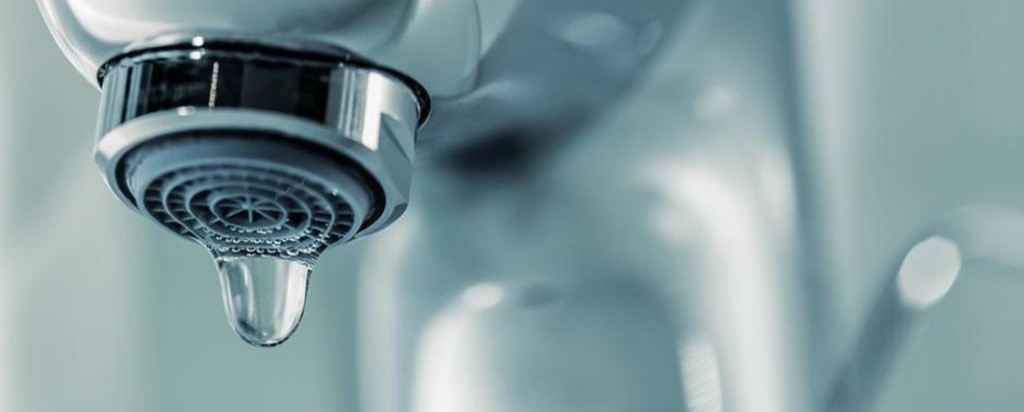Understanding the Main Factors for Drips in Your Home
Understanding the Main Factors for Drips in Your Home
Blog Article
This great article listed below relating to How to detect water leaks in your home is highly remarkable. Don't miss out on it.

Leakages not just create waste of water yet can additionally trigger unneeded damage to your home and also promote undesirable organic growth. Unfortunately, water leaks could go unnoticed given that a lot of the pipework in our house is concealed. By looking and also comprehending for day-to-day scenarios that create leakages, you can shield your residence from future leaks and unnecessary damages. Today, we will certainly take a look at six leakage creates that may be triggering your pipes to leak.
Immediate temperature adjustments.
Severe temperature level adjustments in our pipes can cause them to increase as well as get suddenly. This development and tightening may create cracks in the pipelines, especially if the temperature level are listed below freezing.
Rusty water systems
As time passes by, your plumbing system ages and also corrosion such as rust may begin gnawing the pipes. This could be the reason for discoloration or bending on your pipes. This requires an assessment with your plumber right away. If our plumbing system is old, take into consideration changing the pipes since they are at a higher risk of corrosion than the newer versions.
Defective Pipeline Joints
Pipe joints can deteriorate over time, resulting in water leakages. If you have loud pipelines that make ticking or banging sounds, particularly when the hot water is turned on, your pipe joints are possibly under a whole lot of stress.
Intruding roots
Most water leakages begin outside your home rather than inside it. If you observe a sudden decline in water stress, state in your faucet, require time to head out and also examine your yard. You could observe wet spots or sinkholes in your yard, which may indicate that tree origins are invading water lines creating water to seep out. You can have your plumber check for breach, especially if you have trees or bushes near your home.
Poor Water Connectors
At times, a leakage can be triggered by loose tubes and pipelines that supply your devices. In case of a water links leak, you may notice water running straight from the supply line or puddles around your appliances.
Blocked Drains
Blocked drains may be aggravating as well as inconveniencing, however they can in some cases end up creating an overflow causing burst pipelines. Maintain removing any materials that may decrease your drains pipes that can obstruct them to stay clear of such aggravations.
All the above are causes of leakages but not all water leakages arise from plumbing leakages; some leakages may come from roofing system leaks. All leakages need to be fixed promptly to prevent water damage.
Leakages not just trigger waste of water but can additionally trigger unnecessary damages to your house and advertise unwanted natural development. By looking and also recognizing for day-to-day situations that cause leakages, you can safeguard your house from future leaks and unnecessary damage. Today, we will look at six leak causes that may be creating your pipes to drip.
At times, a leakage can be created by loose hose pipes and also pipelines that provide your devices. In instance of a water links leakage, you may discover water running directly from the supply line or puddles around your devices.
How To Check For Water Leak In Your Home
How To Check for Leaks
The average household's leaks can account for nearly 10,000 gallons of water wasted every year and ten percent of homes have leaks that waste 90 gallons or more per day. Common types of leaks found in the home are worn toilet flappers, dripping faucets, and other leaking valves. These types of leaks are often easy to fix, requiring only a few tools and hardware that can pay for themselves in water savings. Fixing easily corrected household water leaks can save homeowners about 10 percent on their water bills.
To check for leaks in your home, you first need to determine whether you're wasting water and then identify the source of the leak. Here are some tips for finding leaks:
Take a look at your water usage during a colder month, such as January or February. If a family of four exceeds 12,000 gallons per month, there are serious leaks.
Check your water meter before and after a two-hour period when no water is being used. If the meter changes at all, you probably have a leak.
Identify toilet leaks by placing a drop of food coloring in the toilet tank. If any color shows up in the bowl after 10 minutes, you have a leak. (Be sure to flush immediately after the experiment to avoid staining the tank.)
Examine faucet gaskets and pipe fittings for any water on the outside of the pipe to check for surface leaks.
Undetected water leaks can happen without the home or business owner even realizing. If you suspect a water leak, but not able to find the source. It is time to contact a professional water leak detection service, The Leak Doctor.
How To Find a Water Leak In Your Home
https://www.leakdoctor.com/blog/How-To-Check-For-Water-Leak-In-Your-Home_AE197.html

As a reader about How to Find Water Leaks, I thought sharing that post was sensible. Loved our posting? Please share it. Let someone else find it. I recognize the value of reading our article about Most Common Causes of Leaky Pipes.
Reliable plumber? Dial now! Report this page